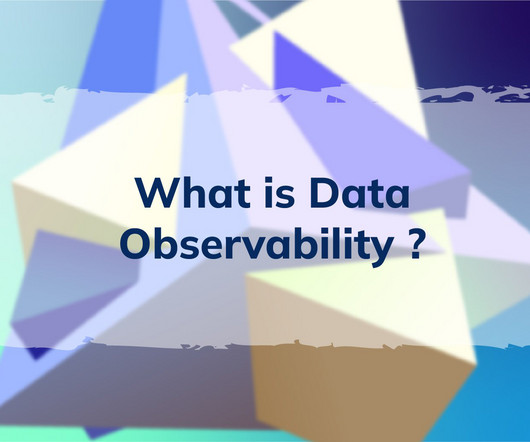Data Observability Tools and Its Key Applications
Pickl AI
OCTOBER 11, 2023
Data Observability and Data Quality are two key aspects of data management. The focus of this blog is going to be on Data Observability tools and their key framework. The growing landscape of technology has motivated organizations to adopt newer ways to harness the power of data.












Let's personalize your content